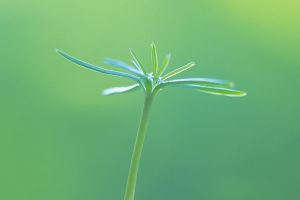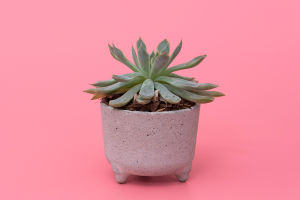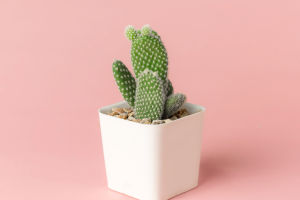In the vastness of nature, many beautiful and unique flowers stand out, among which the cornflower is undoubtedly a remarkable representative.
Known for its vibrant blue petals and delicate florets, this flower is widely used in gardening, decoration, and traditional herbal medicine.
The cornflower is not only beautiful but also rich in cultural significance and biological characteristics, making it an important part of our understanding of nature.
1. Basic Characteristics
The cornflower is an annual herbaceous plant that typically grows in sunny locations with well-drained soil. Its height generally ranges from 30 to 90 centimeters, with upright green stems and narrow, dark green leaves that sometimes have serrated edges.
The most striking feature is its flowers, which usually display a bright blue color and consist of many small florets, forming a beautiful spherical structure. The flowering period typically occurs from early summer to autumn, and the blooming flowers attract numerous bees and butterflies, making it an important nectar source.
2. Growing Environment
Cornflowers are highly adaptable and can thrive in various soil types, but they prefer well-drained sandy loam. They often grow in open environments such as farmlands, grasslands, and along roadsides.
Cornflower seeds require ample light for germination; if they do not receive enough sunlight after sowing, the germination rate significantly decreases. Additionally, cornflowers are quite cold-resistant, making them suitable for temperate regions.
3. Cultural Significance
In many cultures, cornflowers are imbued with special symbolic meanings. In medieval Europe, cornflowers were considered symbols of love and loyalty and were commonly used in bouquets and wreaths.
Furthermore, in some regions, they are seen as symbols of bravery and resilience. Their beautiful blooms frequently appear in literary and artistic works, becoming emblems of emotional expression and beauty.
4. Medicinal Value
Cornflowers are not only stunning ornamental plants but also possess certain medicinal properties. Traditionally, they have been used to treat eye ailments such as conjunctivitis and eye fatigue. Their petals can be brewed into tea, which has effects like clearing heat, detoxifying, and reducing inflammation.
Additionally, cornflowers contain various nutrients, including vitamin C, flavonoids, and polyphenols, which have antioxidant and anti-inflammatory properties. In recent years, increasing research has begun to focus on the potential applications of cornflowers in modern medicine.
5. Conservation Status
Although cornflowers remain relatively common in many places, their natural habitats are under threat due to urbanization and modern agricultural practices. Human activities have led to soil degradation and habitat loss, putting pressure on cornflower survival.
Therefore, protecting cornflowers and their growing environments is particularly important. Botanists and environmental organizations are calling for measures to safeguard these beautiful flowers to maintain ecological balance.
Cornflowers occupy a unique place in nature with their distinct beauty and significant ecological role. They are not only objects of admiration but also an indispensable part of ecosystems.
By understanding and protecting cornflowers, we can better appreciate the beauty of nature and contribute to maintaining biodiversity. It is hoped that in the days to come, cornflowers will continue to bloom with their enchanting brilliance, becoming an eternal symbol of beauty in the natural world.


